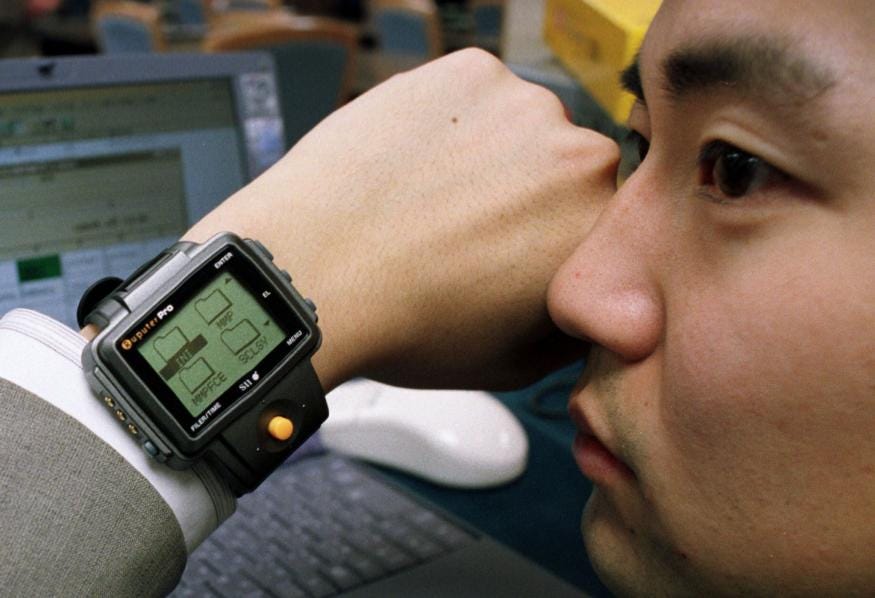The War for the Athlete’s Body
In just a few years, sports wearables have evolved from clunky step counters to a full-blown battlefield for data, performance, and profit.
And everyone wants a piece of the action.
AI is now decoding everything from fatigue to focus.
And platforms are using the momentum to raise fresh capital.
Let’s dive into the wearables arms race 👇
History of “Smart” Wearables
First, let’s go through a quick summary of how wearables came to be…
Wristwatches are only 200 years old - with the first ones being created in the 1800s (and worn almost entirely by females).
The 1st “smart watches” appeared 20 years ago:
1998: 1st smartwatch
2010: Fitbit
2013: Samsung Galaxy
2015: Apple Watch
2015: Whoop 1.0
And “smart wearables” have followed a similar path…
In 1999, two Australian entrepreneurs developed what would become Catapult — the product was commercialized in 2006.
In 2009, a European soccer club became the first pro team to utilize in-game wearables for measuring player workload.
In 2012, the Toronto Raptors had the highest rate of player injury in the league, so they started using wearables for early signs of soft tissue injury while practicing and playing. In the 2014 season, the Raptors had the fewest injuries of any team in the league.
And it makes sense…
The Rise of Sports Wearables
In 2019, I was strapping on my first heart rate monitor at Boston University.
Today, high school athletes are rocking GPS trackers, rings, and AI-driven weightroom sensors.
The market?
📈 Doubled from 2019 to 2022 to hit $27B.
⏳ On pace to hit $265B by 2026.
What started with watches has exploded into everything…
Key Categories + Players
Thousands of startups have emerged in this space.
If it can be tracked…a device has probably been built.
Let’s break down the key companies:




